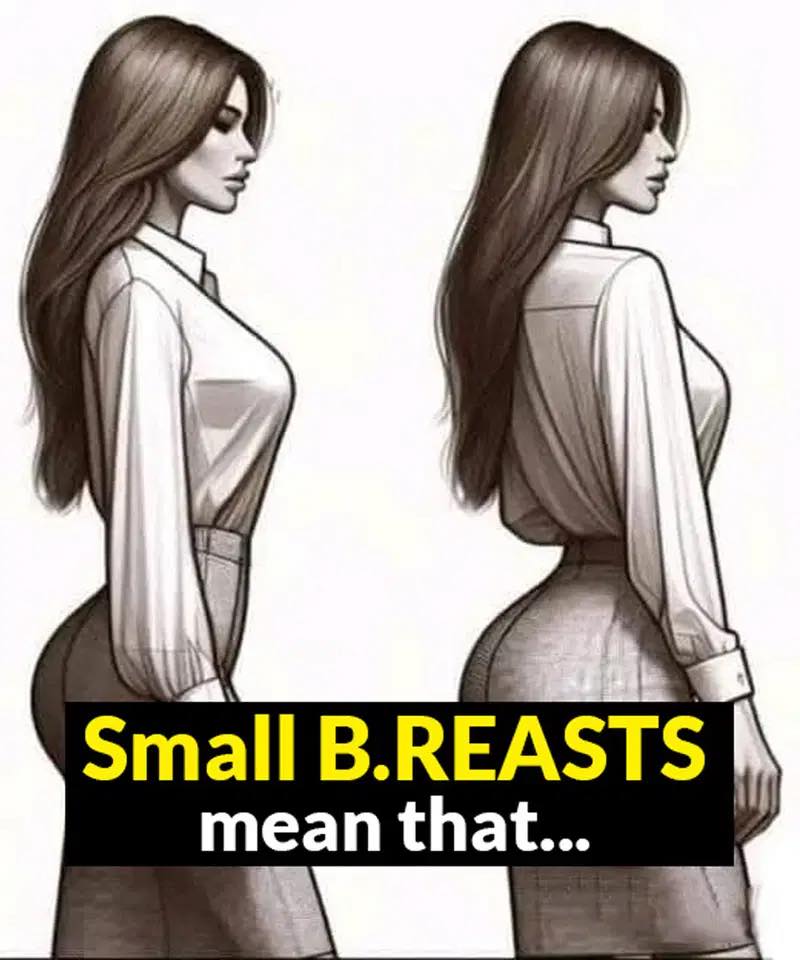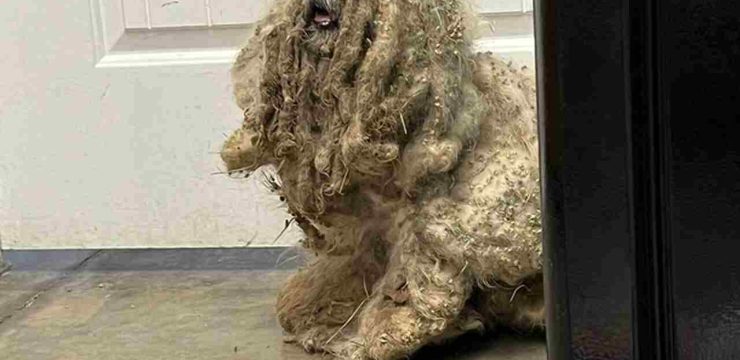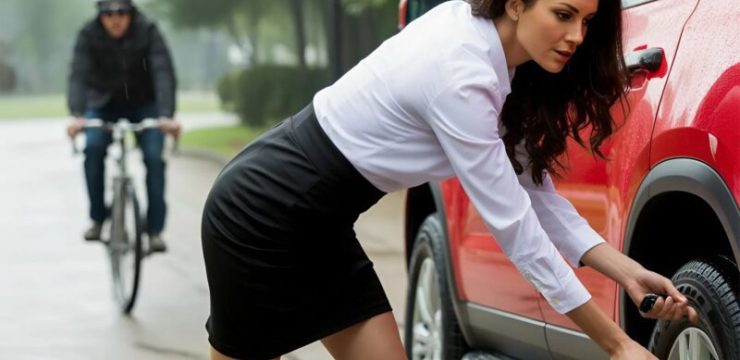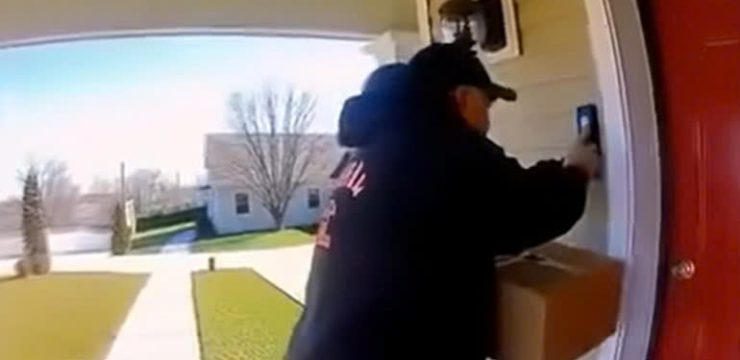Getting pulled over by a police officer can be an unsettling experience. As the flashing lights reflect off your rearview mirror, your mind races, and you may notice something peculiar: the officer reaches out and touches your car’s tail light. Why do they do that? Is there a specific reason behind this subtle gesture? In this article, we’ll explore the reasons why police officers touch the car’s tail lights during traffic stops.

One practical reason officers touch your car’s tail light is to document the interaction. When the officer places their hand on the vehicle, they leave behind a fingerprint. This seemingly insignificant act could be vital if the encounter escalates or turns into a dispute later. For instance, if a driver speeds off or if questions arise about the officer’s conduct, that fingerprint serves as evidence proving that the officer was indeed present at the scene. It’s a quick and easy way to leave a mark of authenticity and accountability on the interaction. In an age of body cameras, this may seem redundant, but it’s a long-standing practice that has endured over time.
Touching the tail light can also act as a subtle deterrent to illegal behavior. When a driver sees the officer touching their vehicle, they may realize that they are under close scrutiny. It signals that the officer is paying attention to every detail of the stop and that anything they try to hide or dispose of within the vehicle could be discovered. This tactic can give the officer an idea of the driver’s mental state. Did the driver get startled when the officer touched the tail light, or were they too distracted by something else? Are they driving under the influence or hiding a weapon? These are questions officers must consider in the moments before approaching the driver.
Another reason for this practice is to ensure the trunk is latched. Police officers put their lives at risk every day on the job and must be prepared for danger and violence to arise at any moment. While tapping a tail light may startle a driver and leave evidence on the vehicle, there is another tactic cops use. If the police officer believes they are in a dangerous situation as they pull you over, they may touch the backend of your vehicle on the way to your window to make sure the trunk is latched. It might sound bizarre, but this tactic ensures that no one is hiding in the trunk and could pop out. If a police officer does check that your trunk is shut, they will typically have their partner with them. One officer will check the trunk, while the other approaches your window. This is to ensure the safety of the officers and make sure the driver is not able to get away with hiding anything or obtaining a weapon while the officer is checking the trunk.
Establishing a routine for consistency is another reason officers touch the tail light. By following a consistent set of actions during each traffic stop, officers can maintain a level of control and predictability in potentially volatile situations. This routine helps in managing the stop efficiently and safely.
Demonstrating authority and presence is also a factor. The act of touching the vehicle can serve as a non-verbal cue to the driver that the officer is attentive and vigilant. It reinforces the officer’s presence and authority during the stop.
Lastly, this practice is a nod to cultural traditions in policing. While modern technology has introduced new methods for documenting and managing traffic stops, some officers continue to follow traditional practices passed down through generations. Touching the tail light is one such tradition that persists in some departments.
In conclusion, the practice of police officers touching a car’s tail light during a traffic stop serves multiple purposes, including documenting the stop, enhancing officer safety, establishing routine, demonstrating authority, and honoring policing traditions. While technology has evolved, some of these practices remain in place to ensure the safety and accountability of both officers and drivers during traffic stops.





